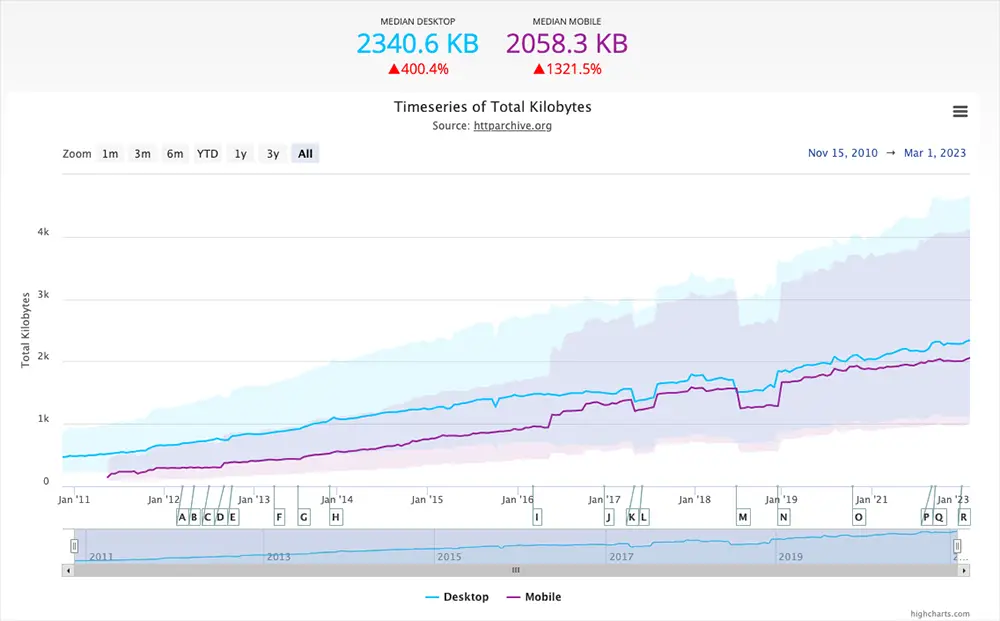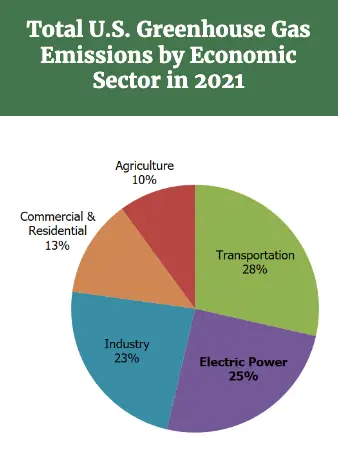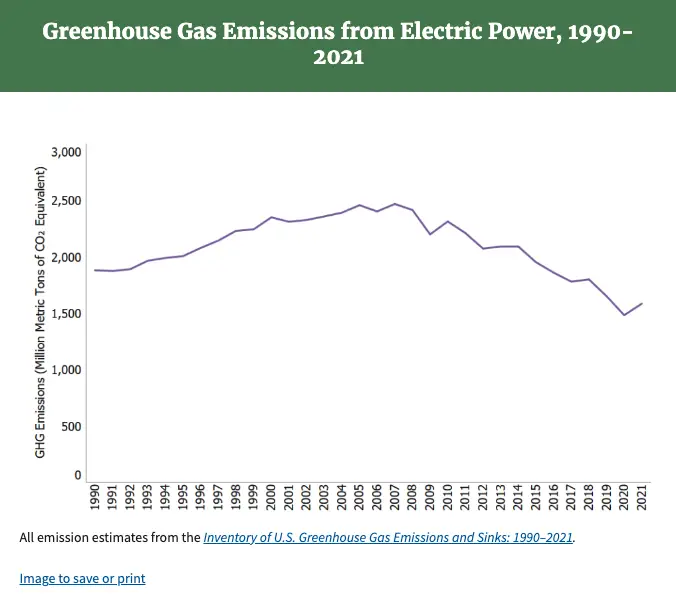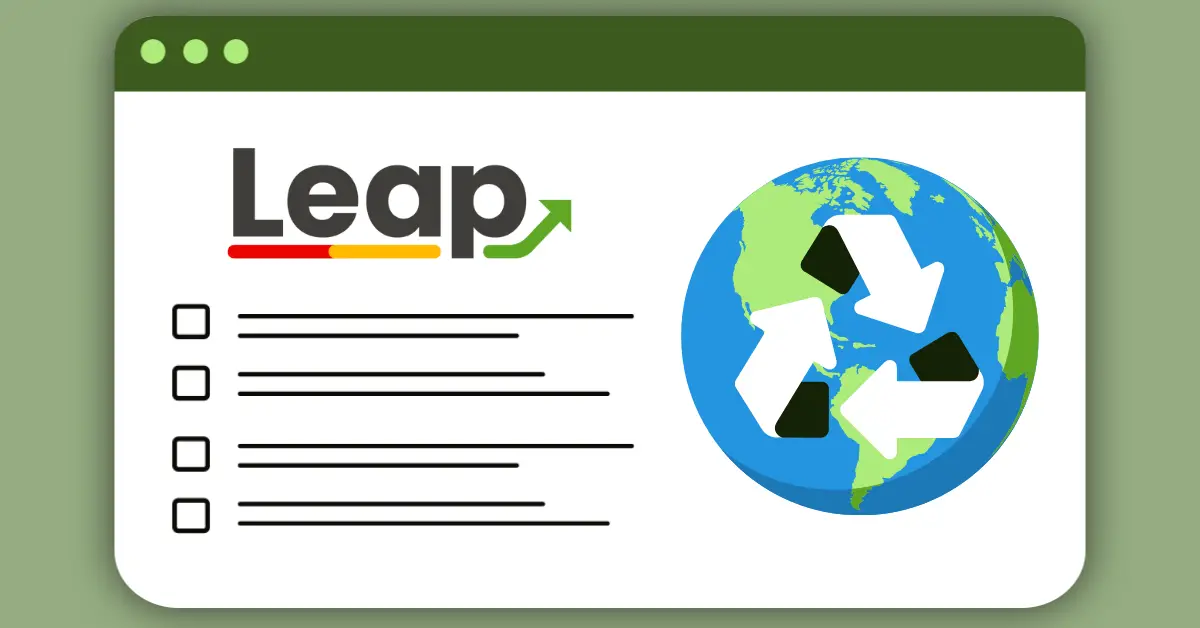How eco-friendly is your website?
It’s not something I see often discussed in the world of digital publishing, but every website, every web page, has its own carbon footprint, and how many people visit that page increases its size.
The average size of a web page has increased from 468 KB in 2010 to over 2 MB today, and these larger web pages have impacted our carbon footprint negatively. The carbon footprint that our devices, the internet, and any supporting measures generate equates to roughly 3.7% of global greenhouse gas emissions; for perspective, the airline industry contributes a similar amount.

The sum of transfer size kilobytes of all resources requested by page from Nov. 15, 2020 to Mar. 1, 2023. This is from a sample size of 12.9 million desktop URLs and 16.6 million mobile URLs.
The Eco-Friendly Web Alliance recommends each web page to only emit roughly 1g of CO2 per pageview. Using site speed tools, like Ezoic’s Leap, provide site speed features that reduce the size of your web pages. This not only means a reduction in carbon emissions but also a faster site.
How much carbon emissions come from the internet?
The world-wide web consumes 416.2TWh (terawatt-hour) per year. To put that into perspective, 1TWh is equal to outputting one trillion watts, which is large enough to generate energy for entire countries. In the US, data centers account for 2% of electricity use. While many of these data centers are operated using renewable energy, there are still parts of the world where data centers are widely powered by fossil fuels.
Each web page has its own carbon footprint. There are varying numbers that quantify the effect of websites on the environment, but the CO2 emission rate is anywhere from 0.5g to 4.61g of CO2 for every page view (2.555g if we want to land somewhere in the middle). This translates to over 306 kg of CO2 per year, or 675 lbs, for a website with 10,000 monthly pageviews.


According to the Environmental Protection Agency, electric power produces 25% of greenhouse gasses in the US. While greenhouse gasses have been in decline since the mid-2000s, there was a recent uptick in 2021.
Currently, there are roughly 203,400,000 active websites on the internet. While certainly not every website is reaching 10,000 pageviews per month, for argument’s sake, let’s say each of those 203 million sites receives 5,000 pageviews per month; this would mean each website creates over 153 kg of CO2 per year, or 338 lbs.
Extrapolate that out, and we find that active websites on the internet generate 31,120,200,000 kg of CO2 per year (68,608,296,916 lbs, or 34,304,148 tons).
Internet usage has a wide variety of environmental effects. Besides greenhouse gasses, it also affects water and land footprints.
How does Leap help the environment?
Leap, Ezoic’s dynamic site speed tool, provides a suite of features that make your site load faster and pass Core Web Vitals. While there are many site speed tools to choose from, Leap includes them all in one bundle, making it easier and more financially efficient to have a fast website.
Having a website that loads faster is not only good for Core Web Vitals and user experience, it is also environmentally friendly. Sites that load faster consume less power, which means less CO2 emissions.
Images are perhaps the greater contributor to site speed issues and thus a larger carbon footprint. Reducing the number of images you use, as well as optimizing the images you do, can be more eco-friendly. Leap contains image optimization features that make your website faster while still retaining the quality of your images, including lazy loading, next-gen formats, and resizing images.
Webp and svg image files take up considerably less space and are easier to load.
Having a less complex site is also beneficial for the environment. This can mean cleaner pages with less plugins and features, or simply using system fonts over custom ones. Only loading critical CSS and removing unused CSS will not only make your site faster but take less energy, as well as minifying CSS, Javascript, and HTML. Leap offers multiple CSS-optimization and minifying features that can be turned on with just the click of your mouse and customized to fit your site’s needs.
Also, using Leap to turn on ‘Pre-connect Origins’ allows the browser to retrieve external resources (mostly URLs) and store them in the cache. Leap also provides a static asset cache policy, which stores files locally in the user’s browser. Both of these mean there are less calls to the origin server and less energy used.
How else can I make my site more environmentally friendly?
Using a green host, or a host that uses servers powered by renewable energy, can also have a major impact on how environmentally friendly your website is. Ezoic offers free hosting, using AWS servers, which are dedicated to using 100% renewable energy.
Additionally, using a CDN like Cloudflare reduces the amount of energy your website uses by storing versions of your site all around the globe rather than a request having to travel all the way to where you are; CDNs allow you to set caching policies, so you can determine how often specific pages of your website are updated.
64.4% of the world uses the internet and as this percentage grows, it is becoming increasingly more important to consider how our internet usage impacts the environment. Owning more eco-friendly websites is a step everyone can take to help that impact and continuing to implement best practices and place emphasis on their importance will make our future greener.
If you would like to check your web page carbon footprint, go to Website Carbon Calculator. They also have resources on designing sustainable websites.

